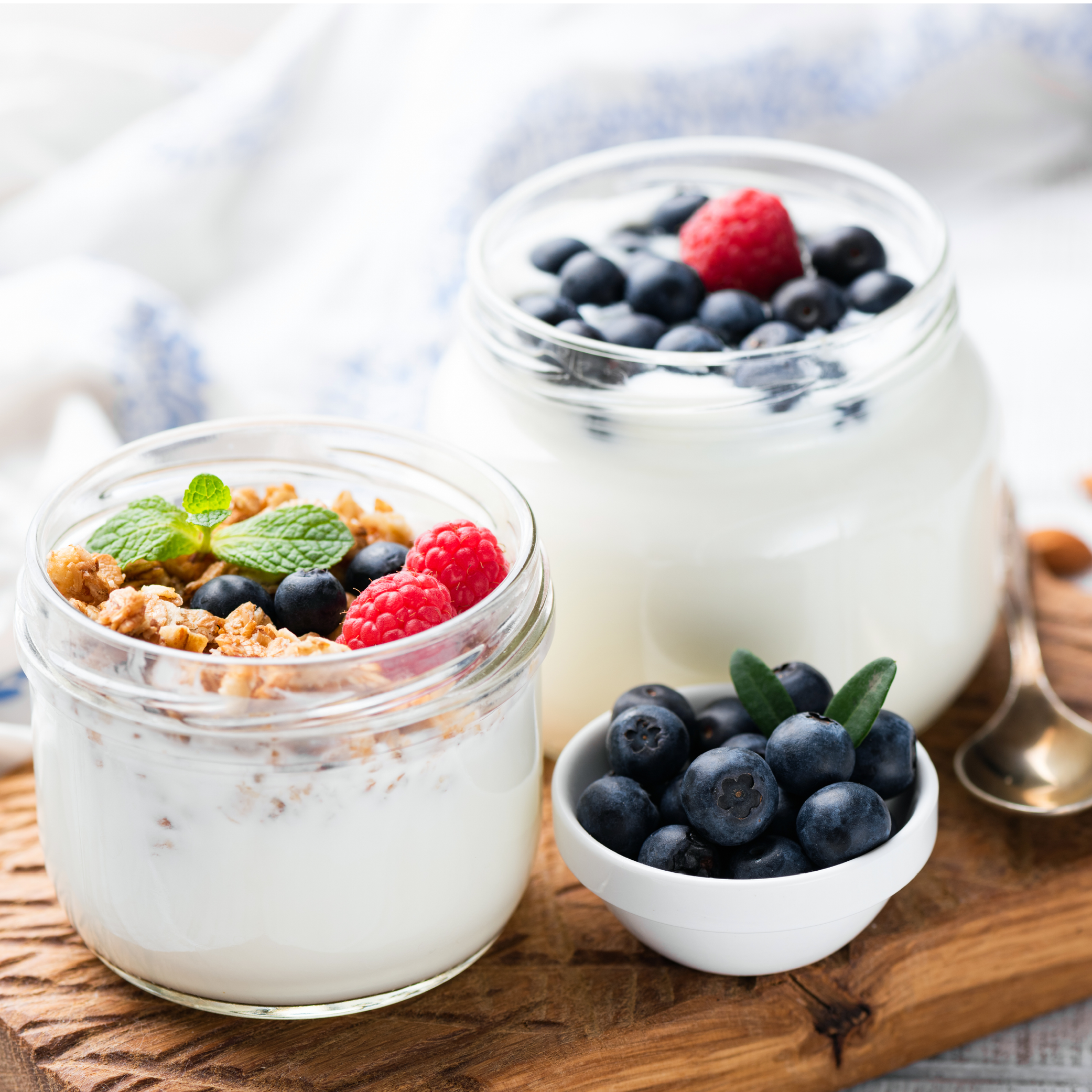FEEDING YOUR TODDLER 101

Now that you’ve progressed from the messy meal times and your toddler is starting to eat meals similar to yours, feeding them may start to get a bit confusing. You may question whether your child is eating enough and whether you are providing them with a balanced meal. I’m here to try ease your mind.
STAGES FOR DIFFERENT AGES
Firstly one should realise that there is no feeding mould to fit every toddler. As they begin to grow, their feeding habits will also start to change. A toddler’s nutritional requirements are based on numerous factors including their age, weight, height and activity level. With that said, there are guidelines that can be used to assist you in making sure that your child is growing well and that they develop healthy eating habits.
|
AGE |
WHAT YOUR TODDLER WILL BE ABLE TO DO |
DAILY FEEDING GUIDELINE |
|
12-24 months |
|
GRAINS: 3 portions from wholegrain sources VEGETABLES: FRUITS: 1-2 portions of a variety of fruits MILK: 1-2 portions PROTEIN SOURCES: 2 portions |
|
24-36 months |
|
GRAINS: 4-5 portions from wholegrain sources VEGETABLES: FRUITS: 2 portions of a variety of fruits MILK: 3 portions PROTEIN SOURCES: 3-4 portions |
|
Note on fat: Fat sources would include full cream dairy, oil fish, spreads and vegetable oils. ½ - 1 teaspoon of fat can be used when preparing meals. |
||
Examples of one portion of grains:

Examples of one portion of vegetables:

Examples of one portion of fruits:

Examples of one portion of milk:

Examples of one portion of protein:

GENERAL TIPS
- Try to create a routine and stick to regular times for meals and snacks.
- Read your child’s signals. They may use their voice, actions or faces to communicate with you when they are hungry or full.
- Avoid forcing your child to eat. Most toddlers are able to regulate their own appetite. By forcing them to eat you are teaching them to rely on others to tell them how much to eat and when they are hungry.
- Don’t give up on offering your child new foods. Let them see you eat the new food. Encourage them to touch, lick and taste the new food. Sometimes it takes offering a child a new food 10-15 times before they eat it.
- Offer your child at least 100ml of liquids after meals and snacks.
- Limit fruit juice and offer your child fresh fruit instead. If you do offer fruit juice, make sure that you dilute it with water.
- Do not give your child coffee or any caffeine containing tea. These can interfere with the absorption of iron when consumed after meals.
- Turn off the television and avoid the use of any electronics during meal times. Make meal times a time for you to connect with your child and for the family to talk to one another.
- If at any point you are concerned about your child’s growth or development, seek help from a healthcare professional.
The first few years of your child’s life are a crucial time to establish healthy eating behaviours. Utilize meal times to bond with your child and support their overall development with nutritious and balanced meals and snacks.
REFERENCES
- http://kidshealth.org/en/parents/toddler-meals.html?WT.ac=p-ra
- http://kidshealth.org/en/parents/toddler-food.html?WT.ac=p-ra
- https://www.zerotothree.org/resources/352-healthy-from-the-start
- http://www.eatright.org/resource/food/nutrition/dietary-guidelines-and-myplate/introducing-solid-foods-to-toddlers
- http://rehydrate.org/breastfeed/facts-6-24months.htm
- http://ellynsatterinstitute.org/htf/11to36months.php
- https://www.nutrition.org.uk/healthyliving/toddlers/5532.html
- https://www.healthychildren.org/English/ages-stages/toddler/nutrition/Pages/Serving-Sizes-for-Toddlers.aspx
IMAGES
- https://www.nutrition.org.uk/healthyliving/toddlers/5532.html









